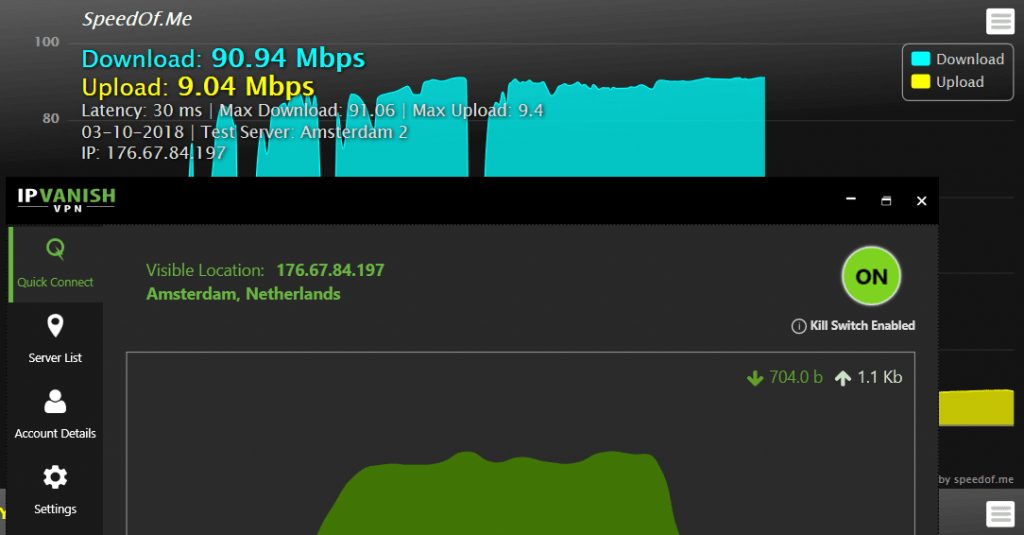
Approaches that focus on providing an efficient convolution operator for experiments with several thousand or more detectors have been formulated in Elsner & Wandelt ( 2014) and BICEP2 Collaboration ( 2015). Parallel to these methods, algorithms that work in the pixel domain have seen use in the WMAP and Planck analyses and are discussed in Wehus et al. An implementation of this method, described in Prézeau & Reinecke ( 2010), has been used for the Planck analysis and is closely related to the implementation discussed in this work. Wandelt & Górski ( 2001) introduced an efficient method that takes advantage of fast inverse spherical harmonic transforms and sparsity of the harmonic representation of the beam the generalization to the polarized case was presented in Challinor et al. Unfortunately, modelling and computational challenges can significantly restrict telescope design iterations that incorporate full-sky beam convolution and realistic scan strategies to assess the impact of optical non-idealities on maps, power spectra, and cosmological analyses.Ĭonvolution algorithms for realistic beams have been discussed extensively in the CMB literature. Although these geometrical properties are definite predictors of some optical non-idealities, we argue that the CMB telescope design process should incorporate physical optics (PO) in conjunction with fast convolution techniques and that the need for integrating this aspect into the design is growing with the cost and sensitivity requirements of future experiments. Traditionally, optical designs for CMB telescopes are optimized for high Strehl numbers, and other geometrical aspects such as f-number, telecentricity, and mapping speed (Page et al. This prompts the development of advanced modelling and analysis techniques that maximize the observing duty cycle. Increased sensitivity requirements also motivate extensive in situ instrument characterization, a time-consuming process for wide FOV telescopes and satellites with limited observing time. This growth comes mainly from a surge in the number of detectors deployed per focal plane, which in turn is facilitated by telescope designs optimized for large field of view (FOV Niemack 2016). 2018 The Simons Observatory Collaboration 2018). This, together with efforts to quantify CMB polarization on both small (arcmin) and the largest possible angular scales, is driving a significant increase in the sensitivity of CMB instruments (Abazajian et al. Many current cosmological observing programmes are focused on a conjectured imprint of primordial gravitational waves in the degree-scale polarization anisotropies of the cosmic microwave background (CMB).
#U chicago zemax download full
For the proposed design and satellite scanning strategy, we show that a full physical optics beam model generates B-mode systematics that differ significantly from the simpler elliptical Gaussian model.Ĭosmic Background Radiation, Cosmology: observations, Techniques: polarimetric, Telescopes 1 INTRODUCTION The simulation results identify a number of sub-leading optical non-idealities and demonstrate significant B-mode residuals caused by extended sidelobes that are sensitive to polarized radiation from the Galaxy.
#U chicago zemax download code
We present a simple two-lens refracting telescope design and use it together with the code to simulate a year-long data set for 400 detectors scanning the sky on a satellite instrument. The design and mathematical framework of the python code is discussed along with a few simple benchmarking results. The code can be used to assess the impact of optical systematics on all stages of data reduction for a realistic experiment, including analyses beyond power spectrum estimation, by generating signal timelines that may serve as input to full analysis pipelines.


We introduce a publicly available full-sky beam convolution code library intended to inform the design of future cosmic microwave background instruments and help current experiments probe potential systematic effects.


 0 kommentar(er)
0 kommentar(er)
